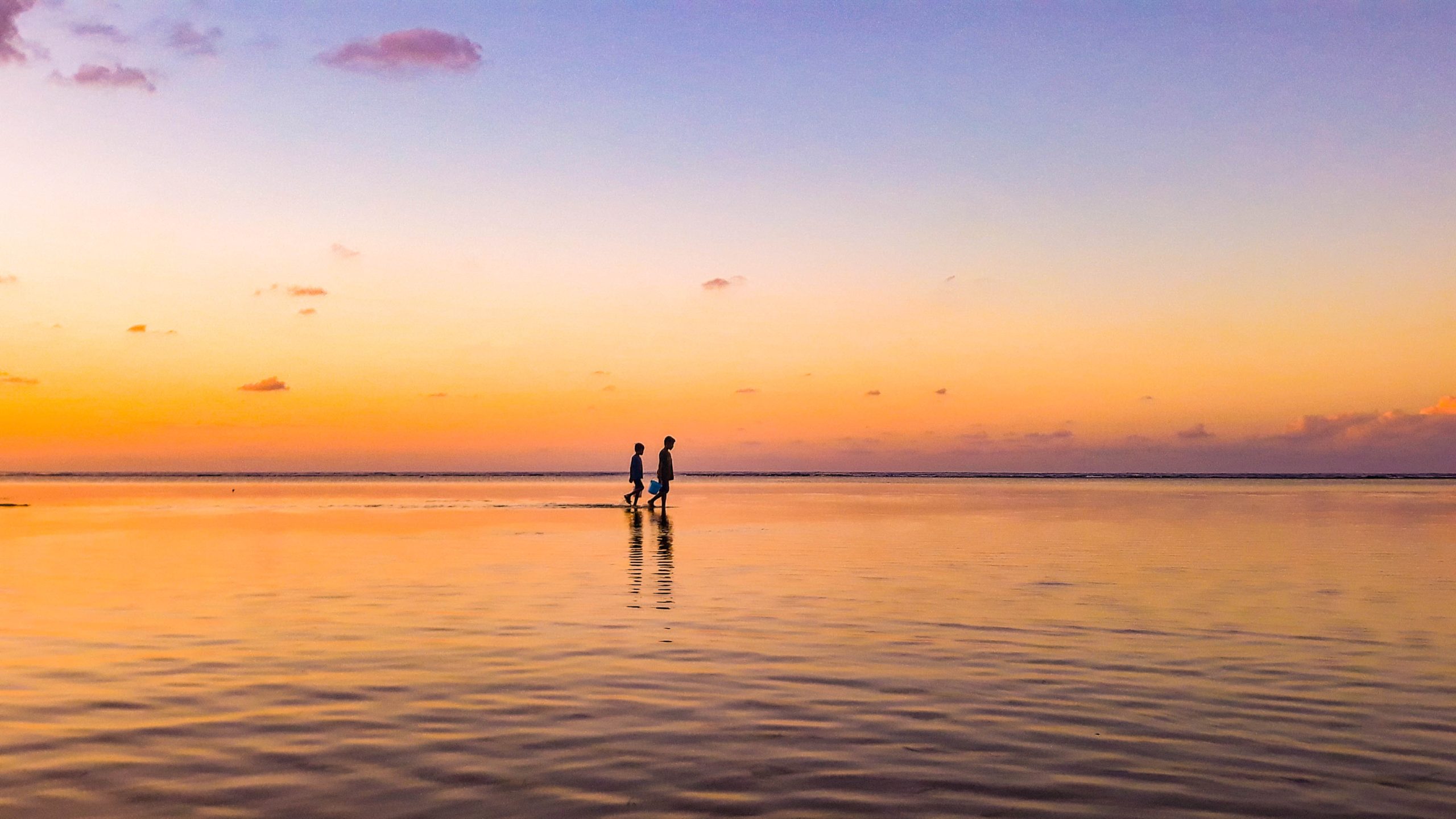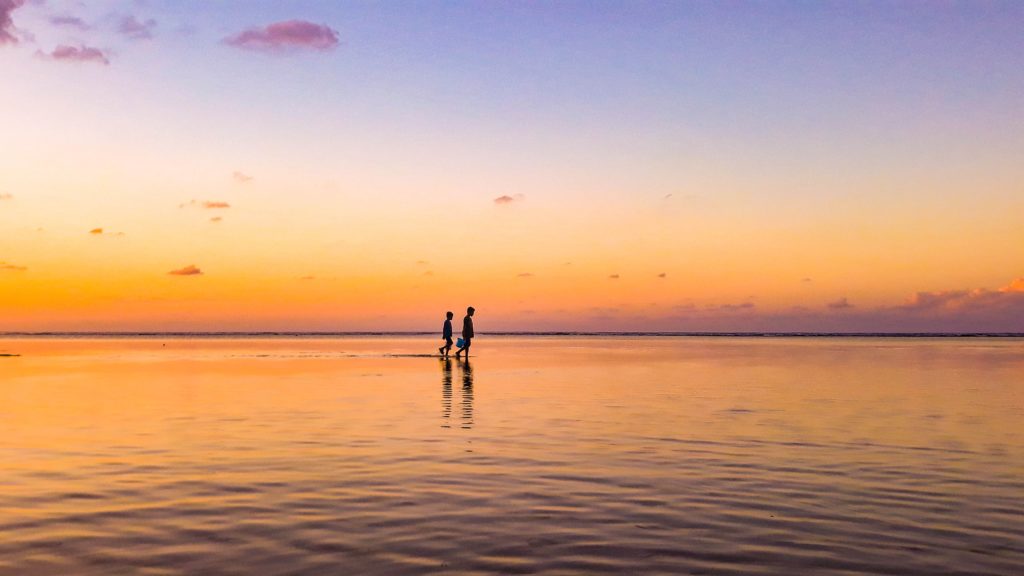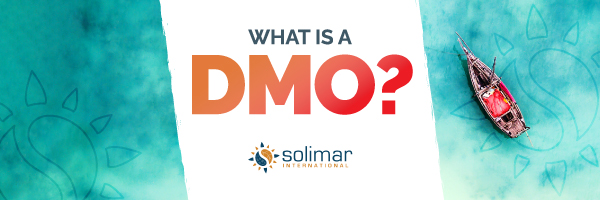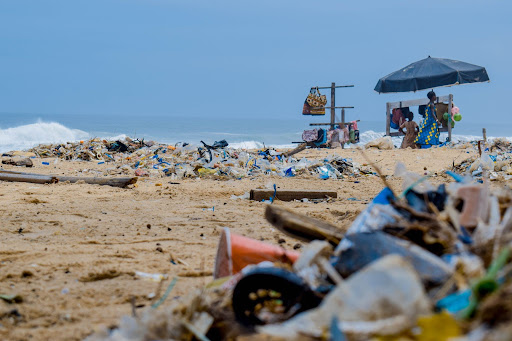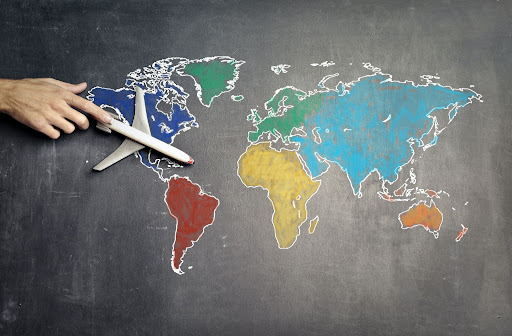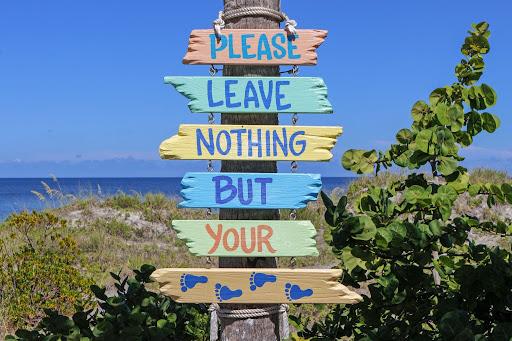What is Tourism Planning?
Tourism planning consists of creating strategies to develop tourism in a specific destination. Knowing and understanding current trends allows those in the industry to tailor their operations to meet demand. It is crucial for DMOs and tourism businesses to stay up-to-date.
Origin and development of tourism planning
Tourism planning was born from the necessity of simultaneously balancing the economic goals of tourism and preserving the destination’s environment and local welfare. It arose in the second half of the 1990s, when mass tourism brought an unparalleled change in the travel environment. Consequently, the industry had to develop new standards to adapt to this change.
The aim of tourism planning
The current objective of tourism planning is to control tourism’s unprecedented expansion to limit its negative social and environmental effects, while maximizing its benefits to locals.
These goals can be reached by:
- Analyzing the development of tourism in the destination
- Examining the state of affairs in a specific area and executing a competitive analysis
- Drafting tourism policies
- Defining a development strategy and actionable steps
Businesses looking for support through this process can reach out to Solimar International or check out this free toolkit. Solimar has a dedicated team of staff who employ a wide range of skills to promote economic growth, environmental preservation, and cultural heritage conservation.

Why is Tourism Planning Important?
Tourism planning should be part of destination development plans because it supports a destination’s long term success and incentivizes the collaboration of key stakeholders.
Tourism planning maximizes tourism benefits like:
- Promotion of local heritage and cross-cultural empathy
- Optimization of tourism revenue
- Natural environment and resource protection
Tourism planning also minimizes tourism drawbacks such as:
- Overtourism, and consequently anti-tourism feelings
- Economic leakage
- Disrespect for the local culture
- Damage to the local environment
Tourism planning is also important because, by creating plans and strategies, destinations provide an example that other destinations can follow to improve tourism in their area. It ensures that the destination is consistent with changing market trends, constantly addressing tourist and resident needs as they arise.
This was made clear in the Cayman Islands. The surge of cruise tourism caused a massive influx of tourists, which brought new challenges to the small islands. Consequently, the destination’s goal shifted from attracting tourists to sustainably managing them. The development of a National Tourism Management Plan was key to provide stakeholders with the tools they needed for sustainable tourism management.
What are the Newest Tourism Trends?
In the planning process, it is fundamental to consider how new tourism trends influence the future of tourism planning and allow destination strategies to stay innovative.
1. Safety and Cleanness
The Covid-19 pandemic brought about significant change to tourism and tourists’ perception of travel. Tourists are now more concerned about safety and cleanliness. They have a preference for private home rental, contactless payments, and booking flexibility due to the constantly-evolving global health situation. They are also more willing to visit natural environments and less crowded destinations where they feel safer.
→ Tips for DMOs: Have safety and cleanliness standards, allow flexible bookings and contactless payments, and focus on open-air experiences.
An excellent example of these practices is Thailand, which decided to boost tourism after Covid-19 by rebranding itself as a safe tourist destination, issuing safety certificates to infrastructures to build public trust.
2. Social Media
Social media is the preferred channel for travel inspiration, influencing travelers’ decision-making because videos and pictures create an emotional bond between people and places.
The preferred platform depends on the traveler’s generation:
- Gen X uses Pinterest and aesthetically pleasing blogs
- Millennials use Instagram
- Gen Z uses TikTok
Generation Z is also more willing to travel after Covid, and they will have high spending power in the next few years.
Video content is favorable because of the high engagement and interaction it creates compared to pictures. In this context, TikTok is the future of travel marketing. On this fast-growing platform, videos are likely to become viral because of the app’s algorithm. For example, the travel campaign #TikTokTravel, where people were invited to share videos of their past trips, was viewed by 1.7 billion people.
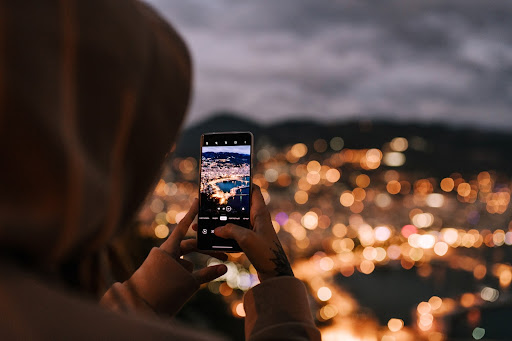
→ Tips for DMOs: DMOs can use TikTok to promote attractions, restaurants, and tours partnering with influencers. Social media can attract new customers, monitor Instagrammable locations, and manage overcrowding by promoting lesser-known areas. This all helps shift tourists away from hot spots.
Follow Solimar International’s success with social media promotion through their World Heritage Journeys of the European Union project. By providing research, media-rich itineraries, website promotion, and mobile maps, Solimar International can help your organization reach its target audience.
3. BLeisure Travel
Due to technology, the separation between work and life is blurred. This premise gives birth to the BLeisure travel, a genre of travel that combines business and leisure. Aside from those who travel for work, combining some leisure during their stay, there is an increasing number of digital nomads. These people are freelancers or smart workers who decide to adopt a traveling lifestyle. They will look for business hotels where they can easily obtain a fast Internet connection and a good working environment.
Some destinations are rebranding themselves, targeting those who work remotely. A good example is Aruba, which promotes itself as a paradise for workation.

4. Destination Uniqueness
The tourism market is becoming increasingly competitive, especially for destinations with similar climates or natural features. To stand out, destinations need to focus on their distinctive assets. Places should identify a destination brand, which highlights their culture and the unique experiences they offer to tourists, instead of branding common and widely-available tourism practices.
An example of destination uniqueness as a trend of tourism planning is Uganda, which is widely known as a safari destination. The country rebranded itself by focusing on its one-of-a-kind cultures, landscapes, food, and traditions, labeling itself “The Pearl of Africa.” This is one aspect of Uganda’s tourism planning process. By identifying and promoting a destination brand, Uganda aims to develop an immersive tourism for meaningful and transformative experiences abroad.
5. Transformative Travel
Transformative travel is an expression of the experience economy combined with experiential travel. The latter is about living once-in-a-lifetime, off-the-beaten-track experiences rather than conventional ones, connecting visitors with local cultures.
Transformative travel is defined by the Transformational Travel Council as:
“intentionally traveling to stretch, learn and grow into new ways of being and engaging with the world.”
Therefore, transformative travel is an immersive experience that aims to inspire personal transformation, growth, and self-fulfillment. People travel to transform their own lives and the lives of those who live in the destination.
→ Tips for DMOs: Destinations should focus on providing unique and authentic experiences that connect travelers with locals. This enables tourists to experience local culture, food, and lifestyles, lending way to authentic experiences that they are sure to remember.
6. Sustainability and Community Engagement
Travelers are becoming more conscious of their environmental impact, and they are more willing to adopt a sustainable travel style. This means not only doing less harm to the environment, but also making a positive impact on cultures and economies, generating mutually beneficial relationships between tourists and locals.
An excellent example of a country that stays ahead of trends in tourism planning is Jamaica. Instead of boosting sun and beach tourism development, Jamaica has recently focused on community-based tourism, providing several experiences that empower locals.
By focusing on poverty reduction, gender empowerment, equality and employment, Jamaica utilizes tourism to achieve social justice goals.
Similarly, Solimar contributed to an Artisan Development project in Morocco. By strengthening the connection between local artisans and tourists, Marrakech and Fez saw a significant increase in direct selling to consumers, which contributed to increased local welfare.

7. Technology to Manage Overtourism
The rise of charter flights boosted mass tourism. This has pressurized cities, raising the debate on the limits of acceptable change and generating anti-tourism sentiments among residents. One example of this is in Sedona, Arizona, where we helped manage visitor flow by marketing and promoting the nearby towns and attractions in Arizona’s Verde Valley.
→ Tips for DMOs: Destinations should exploit technological advances to develop crowd management techniques. Some DMOs used gamification to manage tourism flow, spreading visitors in less known or less crowded areas. This is popular in London, for example, with the Play London with Mr. Bean app, a program that allows tourists navigate to different parts of the city and find points of interest quickly. This gives the city the opportunity to redirect tourist flows to spread-out spots in London.
To learn more about the tourism planning process and future trends in the tourism industry, visit our Institute for Sustainable Destinations website today.
By Greta Dallan & Hannah Lambert

